How Animations Tap Into Our Subconscious to Tell Stories

From Peppa Pig to WALL.E, discover the visual tricks that help us emotionally connect with cartoon characters
Cartoons have changed a lot from, say, Disney’s 1930s hit, Snow White and the Seven Dwarfs. Compare Teletubbies to Dumbo, or Mickey Mouse to Frozen, and you won’t find all that much in common between them – except for the fact they are animations.
But what is it about these colorful, imaginary worlds that have captured our attention for generations? What secret methods are animators and character designers using to mesmerize us?
A great storyline goes a long way, but there’s a lot more going on in cartoons than you may think.
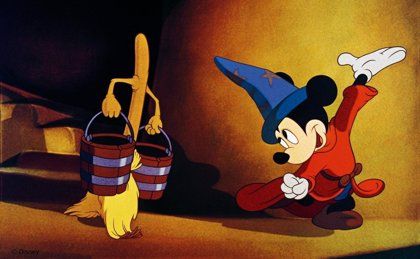
Color
Color has long been a powerful communication tool with the ability to affect peoples’ emotional responses. For example, warm colors (like reds, oranges, and yellows) may generate feelings of security and warmth, whilst cold colors (such as greens, blues, and purples) may do the opposite.
It’s no surprise then that animators often use color with the intention of evoking some kind of emotional response in the viewer.
Look at the color script for Pixar’s Coco below. This animation comprises two main settings: the Land of the Dead and the Land of the Living. Try squinting your eyes and telling the two apart.

Yep, the colder colors (which in Coco’s case are mainly purples) represent the Land of the Dead, whilst the warmer oranges and yellows, the Land of the Living.
Pixar Animation Studios are hailed as masters of color. They create these “color scripts” to chart the visual flow of a story. This is a helpful way for them to establish which color combinations should be associated with which emotions, characters, moments, or places.
Color was also an important consideration for the creators of Peppa Pig, the British pre-school animation-turned-billion pound franchise. Instead of making Peppa’s dress the stereotypical “girly” pink, the creators decided on red as it would indicate Peppa’s fiery nature.
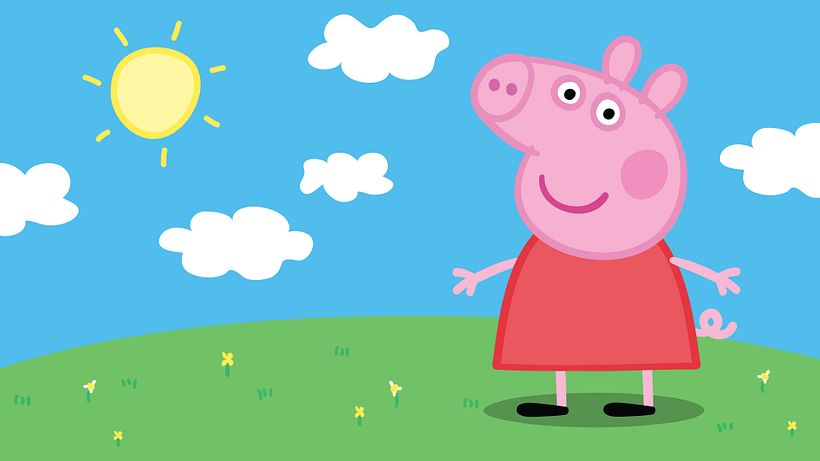
But how do we know that red is “fiery”, and blue is “sad” or “calm”, or yellow “happy”? Some of it is biological.
For example, reds and oranges bring to mind fire, and therefore indicate warmth, whilst green is related to nature because we are surrounded by trees or grass. Our brains are also hardwired to notice bright colors since brightly colored animals or plants are, more often than not, to be avoided at all costs.
And some of it is cultural. There is no biological rhyme or reason for why in many cultures traditionally pink has been considered a color for girls and blue for boys. Whilst red means danger for many people, it is associated with good luck in China. And although black is the color of mourning – and therefore death – in Western countries, there are many East Asian countries whose mourning color is white.
For a more in-depth look at what colors represent, check out this article.
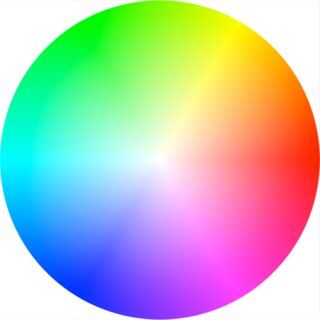
Color theory is a crucial part of any animator’s job and one of their principal concerns when visualizing a story.
Take Pixar’s WALL·E for instance, a story about a lonely robot tasked with cleaning up a trash-strewn Earth. Here are the reasons why particular colors were chosen:
- Yellow: WALL·E was painted a bright yellow since it was a color reminiscent of tractors.
- Monochrome: The monochromatic browns and yellows of the Earth's color scheme add to the impression of a lifeless planet.
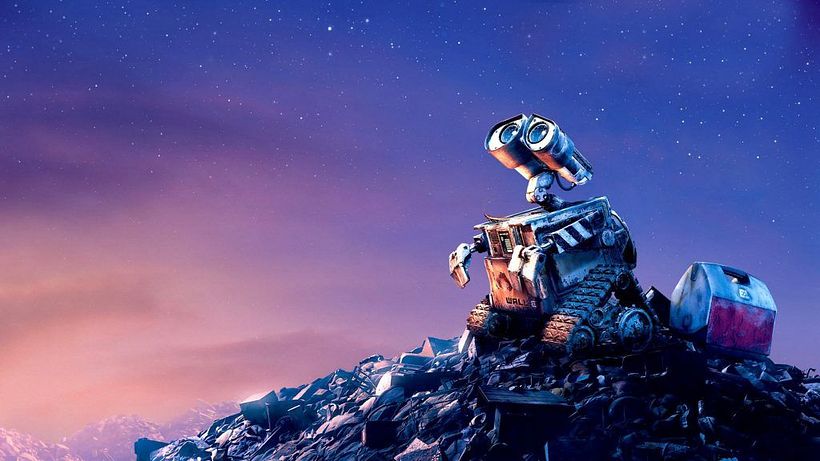
- Pink: There is a slight pinkish hue in the earth scenes to emphasize the romantic nature of WALL·E’s character.
- Green: The producers avoided the color green completely until the moment where WALL·E finds a single plant. WALL·E’s discovery of the plant is almost as much of a shock to the audience as it is to the robot due to the absence of the color green up until this point. From then on, green becomes a symbol of hope in the movie.
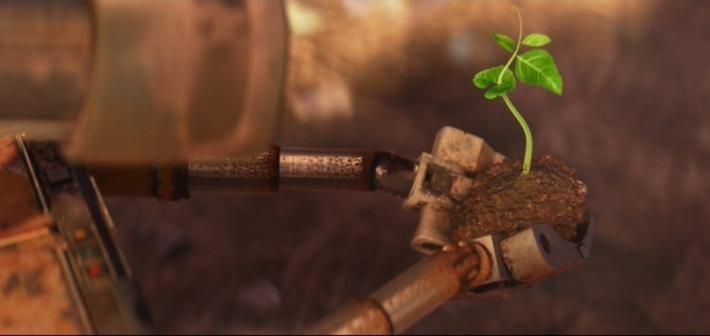
Shape
Most animators will study something called Shape Language. In other words, through our deep-rooted associations with different shapes, animators can prompt certain emotional responses in the audience.

- Circles represent softness, harmlessness, and approachability.
- Square shapes create a sense of strength, support, reliability, and inflexibility.
- Triangles are sharp, dynamic, dangerous and unpredictable.
Take a look below at the cast for Disney’s Big Hero 6:
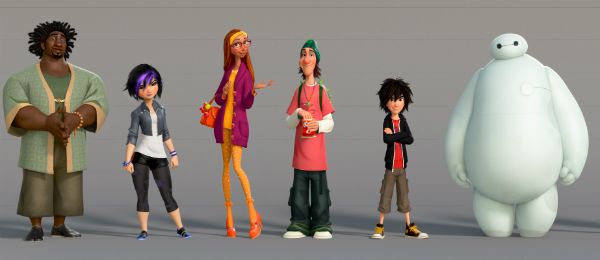
Wasabi, on the left, has many square elements, which go with his character as dependable and honest. However, the character on the right, Baymax, is clearly based on circles. Whether you've seen Big Hero 6 or not, from looking at this picture alone you can get a sense of Baymax's character as a good guy (spoiler-alert: Baymax represents all the qualities of circle-based characters: approachable, calm, and caring).
Animators can also play with our expectations of shape. In order to add complexity to characters, it’s fairly unusual to find someone who is uniquely based on one shape.
Eyes
One of Disney’s 12 principles of animation – concepts first introduced in 1981 in the book The Illusion of Life: Disney Animation – is called “Appeal”. This principle looks at how to create a character that connects with the audience through their visual design.
Many cartoon characters – in particular princesses – have tiny chins, noses, and (when you think about it) oversized eyes.

These details are essentially exaggerations of a baby’s facial features, and they play on our protective, caring instincts. So when we see Aerial, Snow White, or Cinderella, we feel automatically more invested in what happens to them throughout the story.
Just think of how Shrek’s Puss in Boots knowingly uses his cute, ginormous eyes to his advantage?
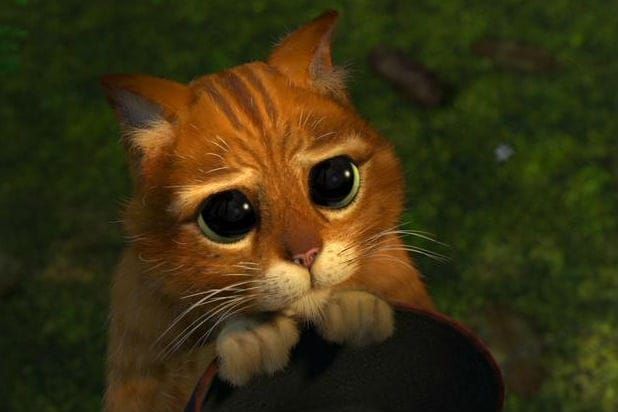
Next time you decide to rewatch your favorite cartoon, check for big eyes, triangles, and interesting color combinations. You may be surprised at what you find...
If you’re interested in animation, check out these courses on Domestika.
You may also like:
- 9 Brilliant Documentaries and Books about Animation
- Peter Lord, Creator of Aardman Animations, Shares his Unique Wisdom
- Essential Material you Need to Make a Stop Motion Animation
- Essential Animation Shortcuts for Adobe Animate and Photoshop 2021
- Introduction to Design of Characters for Animation and Video Games, a course by Jean Fraisse





1 comment
Thank you for this.